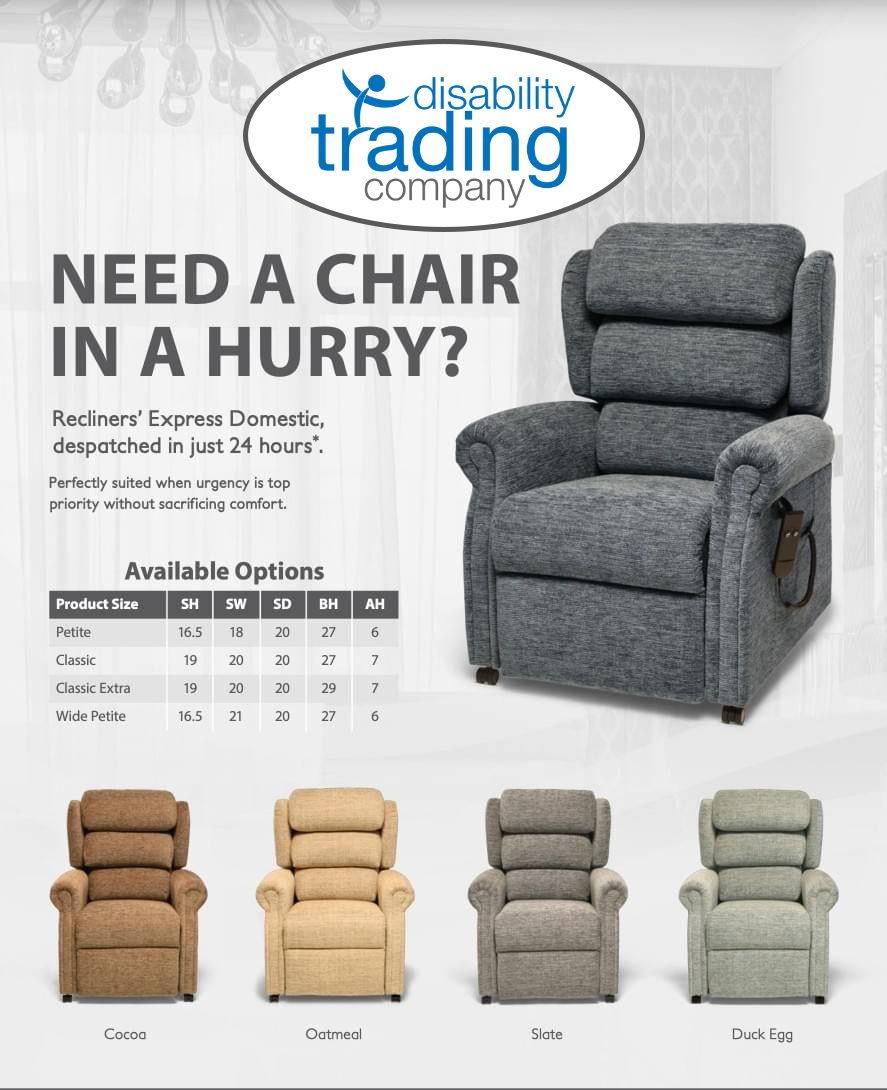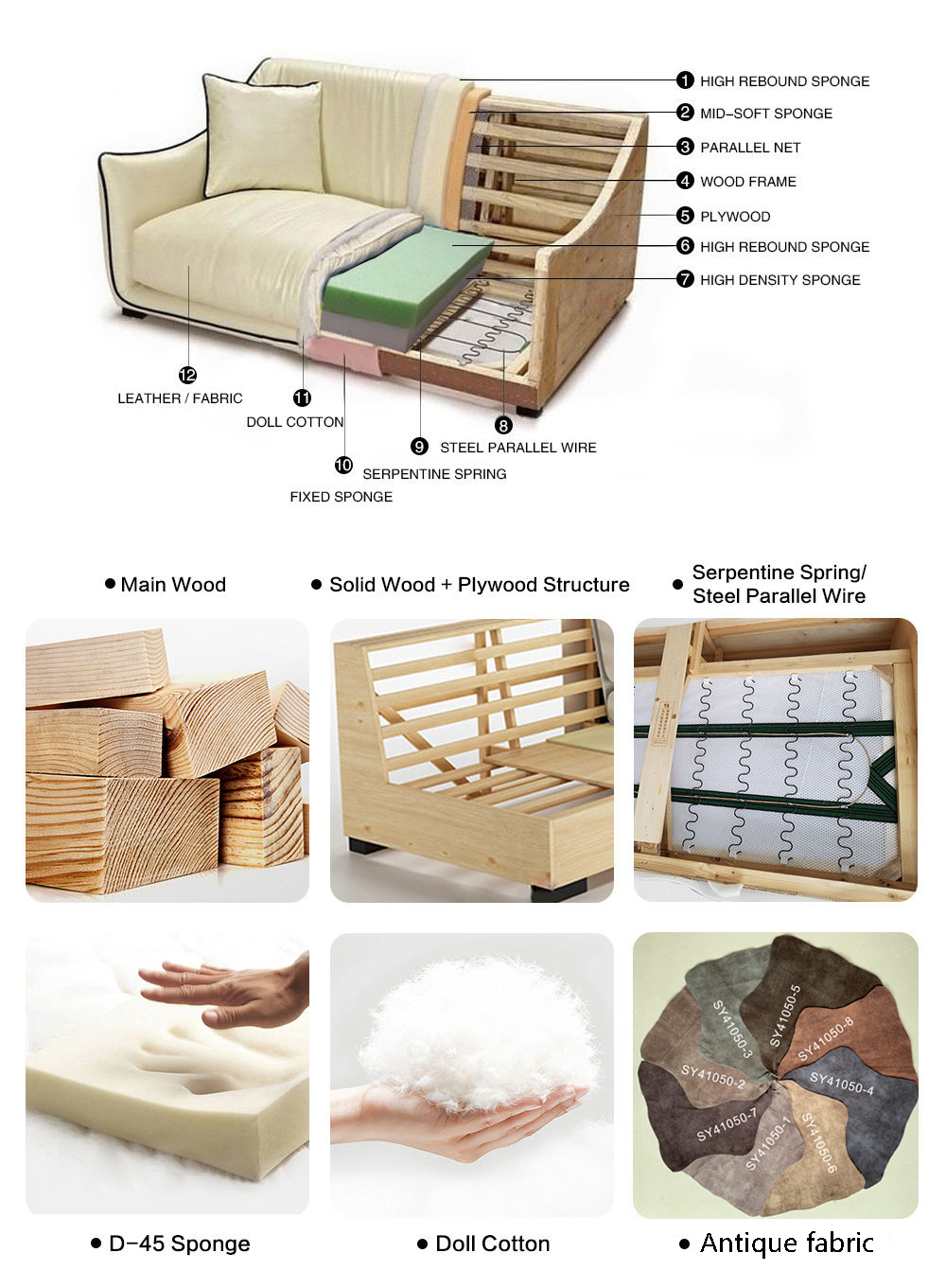Title: The Average Width of a Sofa: A Comprehensive Guide
When it comes to purchasing a sofa, one of the most important factors to consider is its width. The average width of a sofa can vary significantly depending on the manufacturer and style, but understanding the standard dimensions can make it easier to choose the right piece for your space. In this comprehensive guide, we will explore the typical widths of various sofa styles and provide tips for measuring your room to ensure that you select the perfect size for your needs. From classic leather sofas to modern sectionals, we have you covered with all the information you need to make an informed decision when it comes to selecting the right sofa width. So whether you're looking for a cozy loveseat or a spacious family gathering spot, read on for everything you need to know about the average width of a sofa.
Introduction
Furniture is an essential aspect of any home, and sofas are among the most popular pieces. They provide comfort, style, and functionality, making them a staple in living rooms, bedrooms, and even outdoor areas. However, before investing in a sofa, it's crucial to know its specifications, including its width. This article will discuss the average width of a sofa, the factors that affect its size, and how to choose the right one for your space.
Average Width of a Sofa
The average width of a sofa varies depending on the type, design, and manufacturer. However, there are general guidelines that can help you determine the suitable size for your room. Generally, a standard-sized sofa ranges from 72 to 84 inches (180 to 213 cm) in width. These sofas are ideal for small to medium-sized living rooms or bedrooms, providing enough space for comfortable seating and movement.

On the other hand, wider sofas, such as those measuring 96 inches (240 cm) or more, are designed for larger spaces or when you want to create a cozy atmosphere. They often have recliner features and can accommodate more people comfortably. Nevertheless, it's essential to note that having a too-large sofa in a small room can make it feel cramped and cluttered.
Factors That Affect Sofa Size
Several factors influence the width of a sofa, including:
1、Room Size: The first and most obvious factor is the size of your living room or bedroom. If you have a small room, you'll need to choose a narrower sofa to maintain an optimal balance between furniture and space. In contrast, if you have a large room, you can opt for a wider sofa that provides ample seating and enhances the overall aesthetic.
2、Personal Taste: Your personal taste and preferences also play a role in determining the width of your sofa. Some people prefer minimalist designs with clean lines, while others prefer bold patterns and textures. Similarly, some people like their sofas to be narrow and compact, while others prefer them to be wide and plush. Ultimately, the width of your sofa should reflect your style and personality.
3、Number of Occupants: Another important factor to consider is the number of people who will be using the sofa regularly. If you live alone or have only one or two guests, you can go for a smaller sofa that still provides comfortable seating. However, if you have a large family or frequently host gatherings, you may need to choose a wider sofa that can accommodate everyone comfortably.
4、Space Constraints: Finally, you should consider the physical constraints of your living space. If you have limited storage options or need to fit multiple furniture pieces into your room, you may need to choose a narrower sofa that takes up less floor space. On the other hand, if you have plenty of storage space and want to maximize floor space, you can opt for a wider sofa with built-in storage or low profile legs.
Choosing the Right Sofa Width

Now that you understand the average width of a sofa and the factors that affect its size, it's time to choose the right one for your space. Here are some tips to help you make the right decision:
1、Measure Your Space: Before shopping for a sofa, take accurate measurements of your living room or bedroom to determine the available space for furniture. This will help you select a sofa that fits your layout perfectly.
2、Consider Your Needs: Think about your daily activities in the room and how you use the furniture. For example, if you spend most of your time reading or watching TV, you may want a deeper seat cushion that provides better support and comfort. On the other hand, if you prefer lounging or sleeping, you may want a wider sofa with extra padding and support.
3、Seek Professional Advice: If you're unsure about which sofa width to choose, seek advice from interior designers or sales representatives at furniture stores. They can help you select the perfect size based on your needs and preferences.
Conclusion
In conclusion, the average width of a sofa is between 72 and 84 inches (180 and 213 cm), but this can vary depending on several factors such as room size, personal taste, number of occupants, and space constraints. To choose the right sofa width for your space, measure your living area accurately, consider your needs and preferences, and seek professional advice if necessary. By doing so, you can ensure that you invest in a quality piece of furniture that meets your lifestyle and enhances your living environment.
Articles related to the knowledge points of this article:
Making a Winter Coat: A Step-by-Step Guide
Title: Renovating a Down Jacket: A Step-by-Step Guide
ADIDAS DOWN JACKETS: A Review of Quality, Style, and Functionality
The charm of ladies short-style jackets in winter
The Military Patterned Jacket: A Fashionable Winter Must-Have



